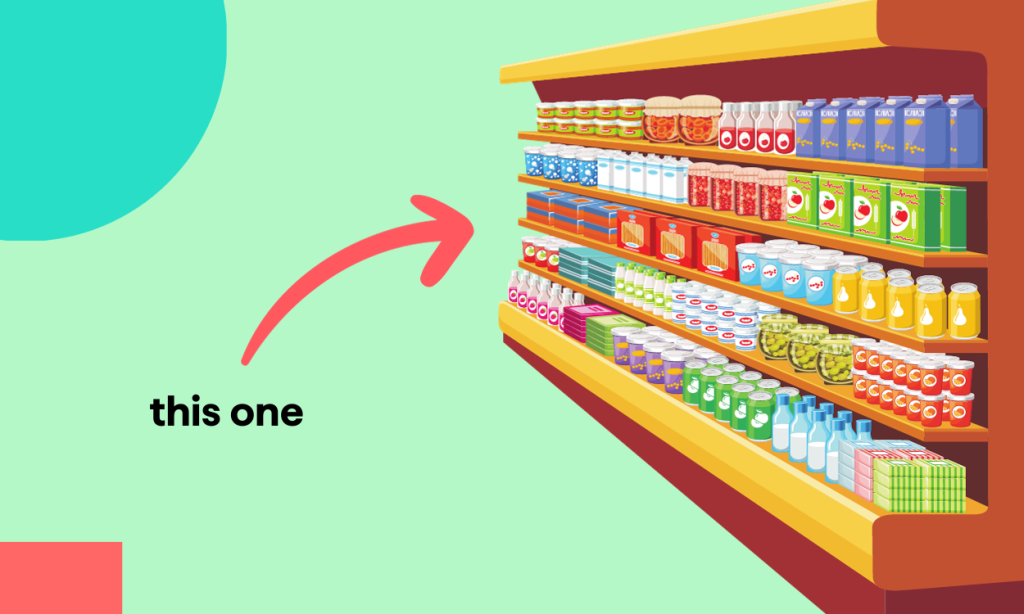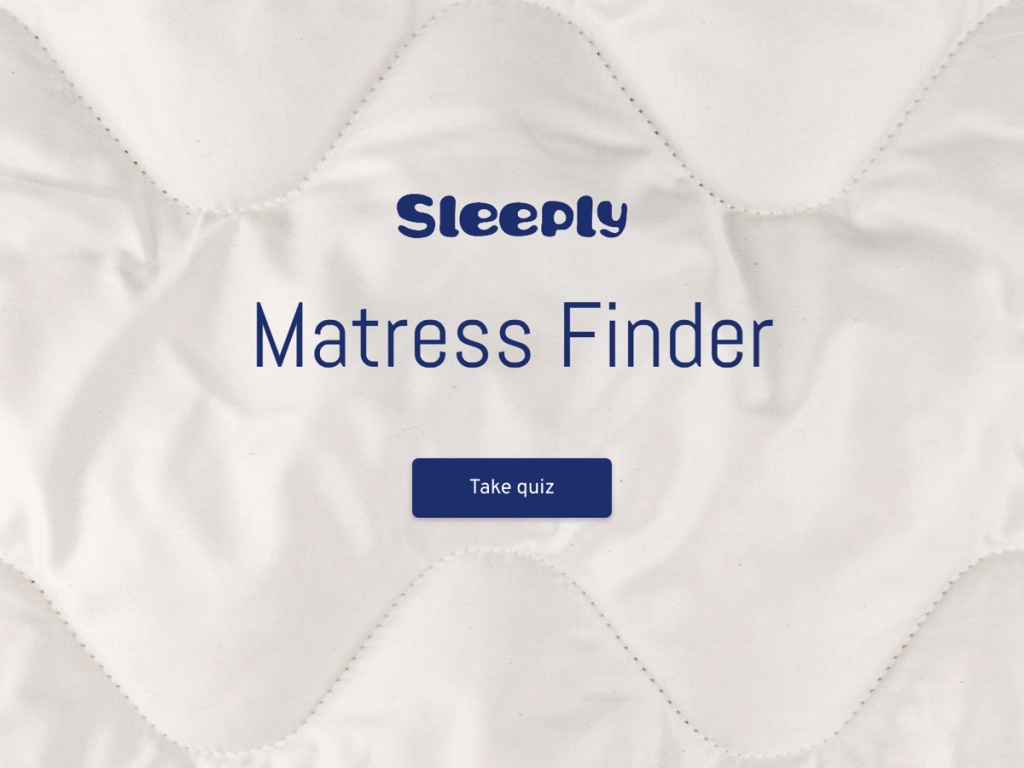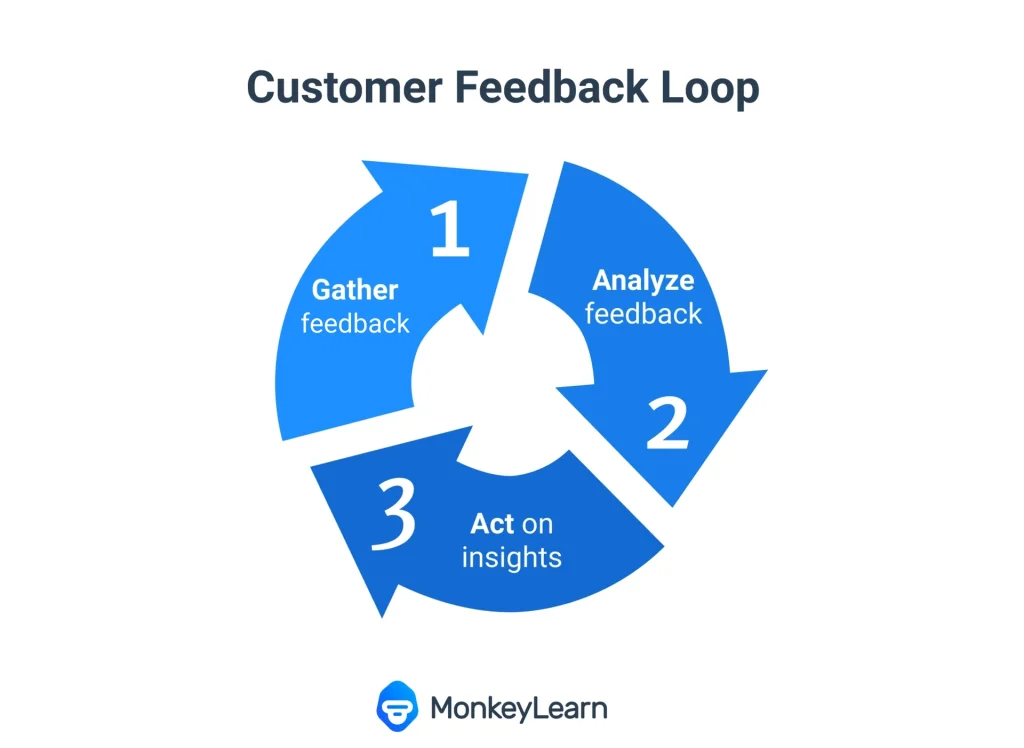Recent research by SalesForce shows that while product recommendations make up a mere 7% of e-commerce site visits, they account for 24% of orders and 26% of total revenue. It's a clear indication that there is power in understanding customer preferences and using that knowledge to your advantage.
However, sifting through gigabytes of data, insights and prioritizing the right datasets can be a Herculean task. That’s why more and more retailers are looking for ways to automate this process and save the manual approach for more pressing matters.
With that in mind, this article will focus on ways to automate product recommendations, including quiz templates, testing campaigns, and more ways to transform the way your customers interact with your offerings.
Key Components of an Automated Product Recommendation System
While the front end makes it seem like it’s just a couple of clicks, the situation under the hood is a bit different. Automated product recommendations are supposed to work like a well-oiled machine and here’s what makes it possible:
Data Collection
Data collection is like gathering puzzle pieces to see the whole picture. You collect data to make choices based on real facts, not guesses. The best way to do this is by tracking user interactions on your website, analyzing purchase histories, and monitoring browsing behaviors.
However, automation doesn’t just involve harnessing data and asking an AI model for output. Instead, you can turn your product recommendations into a product finder, with the help of involve.me professional, ready-made templates. All you have to do is:
Pick a template.
Create A Product Finder For Your Website
Start with a customizable template
B2B Product Finder Template
Glasses Recommendation Funnel Template
Home Insurance Finder Quiz Template
What Mattress Is Best For You? Template
Choose how you want to brand the template.
Focus on creating finder content. This lets you create quiz questions that customers can answer and get precise product recommendations in less than a minute.
Add your questions. Before doing so, make sure they align with your target audience, as well as their perception of your brand.
Tweak the outcomes. Remember, you want your questions to be there with a purpose, so make sure answers are clear enough so that there’s a difference, but not obvious enough to directly correlate to the outcome.
Test your product finder. To collect an initial set of data, you can offer rewards in exchange for participating in a post-purchase survey, for which you can use a customer feedback survey template from involve.me.

Example of a product finder quiz
AI & ML
While writing a proper algorithm was indispensable for product recommendations a few years ago, AI now allows for simpler, more customer-facing solutions. Nowhere is this more evident than in the use of chatbots for interactive product recommendations.
According to research, the global chatbot market was worth $840 million at the end of 2022 already. This comes as no surprise, as retailers realized the value in combining ready-made templates with AI bots to create a no-code approach from top to bottom. A chatbot is not only easy to implement in 2023, but it can also easily adapt to the customer’s wishes, thereby improving customer retention and the overall CX.
But ML plays an equally important role in recommending products more effectively. Instead of repeating the same mistakes, a chatbot can recognize negative feedback, adopt it, and provide better output in the future.
Real-time Processing
Real-time processing refers to the immediate processing of incoming data without any waiting period. In computing terms, it ensures that systems promptly react to any inputs or alterations, providing immediate feedback or outcomes.
Both chatbots and quiz templates provide at least some aspects of this component. A chatbot will immediately process input, while logical outcomes allow the quiz to proceed once an answer has been chosen.
Feedback Loop
A feedback loop is a systematic process used to continuously improve and adapt based on results. It’s essential for automating product recommendations and consists of four aspects:
Taking action. This is the starting point where an initial decision or action is made. For instance, your team chooses an involve.me template.
Measuring results. After implementing the action, outcomes are observed and recorded. Is the template more effective than the previous approach?
Analyzing feedback. The results are then analyzed to determine the effectiveness of the initial action. Do the customers like the template/chatbot? Would they like to use it again?
Adjusting the action. Based on the feedback received, modifications are made to enhance the effectiveness of future actions. If the feedback is positive, ensure the automation solution continues to be developed.
The cycle then repeats, ensuring ongoing improvement. In essence, a well-planned feedback loop can help you refine your product recommendation processes by consistently learning from previous outcomes. And once you find the right template, you won’t have trouble integrating it into your strategy fully.
Steps to Implement an Automated Product Recommendation System
Setting up an automated product recommendation system can be a game-changer for your business. Here's a step-by-step guide to implementing one:
Integrate and Input the Data
Start by identifying where your customer data is coming from, such as website analytics, purchase histories, or pre-made product finder quizzes. Although it’s recommended to source data anywhere you can, it’s easy to get lost in the sheer quantity of feedback.
That’s why you need to combine data from different sources into a centralized system to ensure consistency and accuracy. However, this doesn’t mean just feeding the data into an LLM and expecting insights. You need to bolster the data integration process from top to bottom, especially when it comes to human-to-human exchanges.
Since human interactions waste the most amount of time, you can also optimize how your team exchanges insights. For instance, you can integrate custom PDF editing software into your dashboard and organize this data into shareable PDFs that can easily be transferable between team members. In addition, this improves security, allows for customization, and saves time you would’ve spent digging through Slack channels.
Once everyone reviews the insights, only then can you automate the import of data into an LLM, which can ensure your chatbot/quiz is up-to-date with the latest feedback. Whatever you do, do your research and see if there’s a tool to automate any specific part of the recommendation process.
Choose the Right Algorithm
Different algorithms serve different purposes. Determine whether you need collaborative filtering (based on user behavior), content-based filtering (based on item attributes), or a hybrid approach.
Once you've identified your needs, choose an algorithm and be ready for the fact that you’ll be forced to tweak it down the road.
Test and Optimize
Before fully implementing the system, test different algorithms or settings to see which one performs best. Look at metrics like click-through rates, conversion rates, and overall sales to gauge the effectiveness of your recommendations.
Based on your findings, make necessary adjustments to the algorithm or include a new involve.me quiz template for more specific output. You should also be open to implementing significant changes, such as including an appointment scheduler in your product finder.
Make Sure Your UX Encompasses All Channels
Don’t be foolish and think that funneling people to a product page is everything. It’s 2023 and buyers want to see your products in their social ecosystem. In fact, research shows that more than half of all millennials use social media to discover new products, with 71% of Gen-Zers doing the same. That’s a chunk of your audience you just can’t afford to miss out on.
Again, automation is useful beyond just product recommendations here. Once you launch a new quiz or product line, you can use apps like Zapier to automatically make posts to your social media channels, ensuring people will at least try out your curated experience.
Feedback Loop
Allow users to provide feedback on the relevance and accuracy of product recommendations. Use review forms and post-quiz feedback pages to gauge how your potential buyers rate the experience.
Don’t hesitate to make use of involve.me survey templates, especially if you want detailed feedback. Then, continue the loop by using the data to improve the recommendation process, ensuring it remains effective and user-centric.
Benefits of Automating Product Recommendations
Automating product recommendations in retail has several advantages, but the following stand head and shoulders above the rest:
Increased sales and revenue. Automated systems can analyze a customer's behavior and preferences to suggest products they're likely to buy. This means customers often end up purchasing more, leading to higher sales for retailers. In fact, 54% of retailers say product recommendations are a key driver for their overall average order value (AOV).
Enhanced customer experience. When customers see products that align with their interests, they feel understood. This personal touch makes shopping more enjoyable and can lead to repeat visits. Plus, when customers feel understood and catered to, they're more likely to return for future purchases.
Efficient use of data. Instead of manually sifting through heaps of data, automated systems can quickly process information to generate relevant product suggestions. This means retailers can make the most out of the data they collect.
Personalization at scale. While it's challenging to manually tailor product suggestions for every individual, automation allows retailers to offer personalized recommendations to a large number of customers simultaneously.
Challenges in Product Recommendations Automation (And How to Overcome Them)
Automating product recommendations can be a boon for businesses, but it's not without its challenges. Three have emerged as particular pain points for online retailers:
Data Quality and Relevance
The foundation of any recommendation system is data. If the data is outdated, incomplete, or irrelevant, the recommendations can miss the mark, leading to unsatisfied customers or lost sales opportunities.
Solution: Implement regular data audits to check for accuracy. Use data validation techniques and tools to ensure the data feeding into the system is of high quality and relevance.
Over-Personalization
While personalization is key, overdoing it can make users feel trapped in a "filter bubble," where they only see a narrow set of products repeatedly.
Solution: Introduce algorithms that balance between personalized suggestions and new, diverse product recommendations. This ensures users discover a broader range of products.
Algorithmic Bias
Algorithms, especially if trained on skewed data, can develop biases. This can lead to a narrow set of recommendations that lack diversity.
Solution: Use diverse training datasets and regularly review algorithm outputs. Implement fairness-enhancing interventions in algorithms to reduce biases.
Conclusion
Automating product recommendations is a multifold process, and its exact application depends on the needs of each specific organization. Whether it’s a product finder because upon one of involve.me’s ready-made templates or a chatbot, it’s essential to know which data is important, how to feed it back into the process and ensure the maintenance of the feedback loop.











